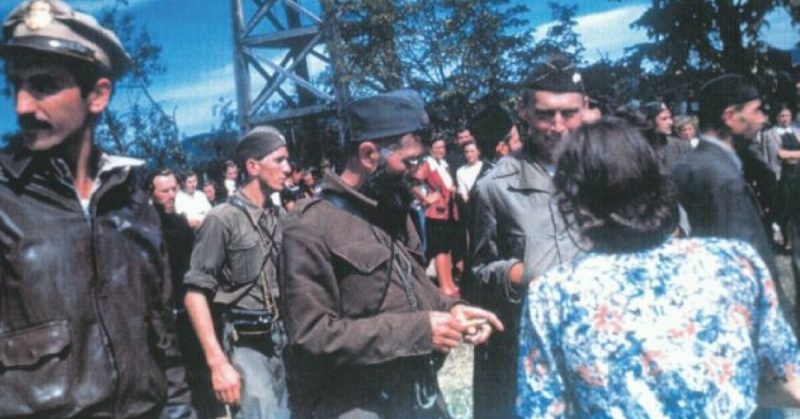During WWII, the situation in the former country known as Yugoslavia was, to say the least, complicated. On the one hand, there was a partisan communist resistance movement. On the other, a royalist army that declared itself the legitimate successor of the former army Kingdom of Yugoslavia.
The communist movement grew significantly during the war, and the royalists were losing ground and international support. In 1943, the British shifted their support to the partisan movement. They considered the communists had a better structure and a developed chain of command which offered more chance of winning the war. The royalists were left stranded.
The supreme leader of the royalist faction, popularly called the Chetniks, was Dragoslav Mihailovic. He was an anti-Hitler Serbian nationalist who considered a communist revolution was as equally, or even more dangerous than a Nazi occupation. It led to constant clashes between the two factions.
By 1944 hundreds of Allied airmen had been shot down somewhere over Yugoslav territory. A consensus was reached between the two sides. They would work together to find, hide and eventually evacuate the airmen back to the Allies.
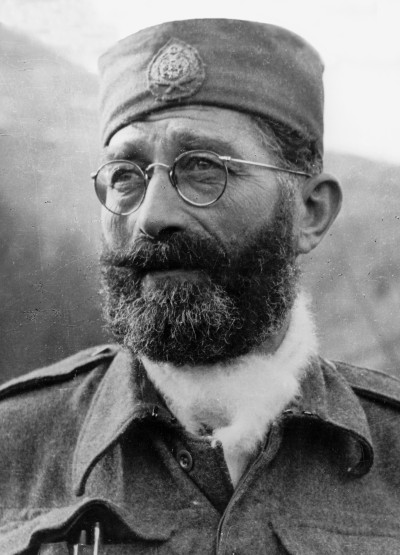
Operation Halyard had been conceived. The Chetniks retrieved some pilots and placed them in safe houses in central Serbia. An airlift campaign was organized by the Americans to transport the pilots to Italy, which was at that time controlled by the Allies.
The area was strategically significant as it was an important route to the oilfields at Ploesti, Romania, where some of the main oil refineries of the Reich were located. Between October 1943 and October 1944, the 15th Air Force of the United States Army Air Forces conducted over 20,000 bombing missions on targets in Bulgaria, Romania, and Serbia.
During those flight missions, an estimated 50% of the aircraft involved were shot down by enemy AA defenses. While some pilots died in the crashes or were captured by Axis forces, hundreds of them managed to find shelter among the partisans or the Serbian peasants who were under Chetnik protection.
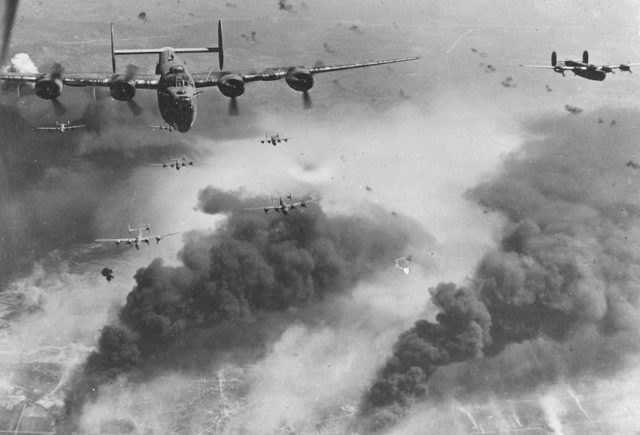
There already was cooperation between the Allies and Tito, the leader of the communist resistance, who were actively retrieving the fallen airmen. Such cooperation had yet to be established with the Chetniks.
The Office of Strategic Services (OSS), a US wartime intelligence agency, was trying to reach an agreement with the British. The OSS considered the cooperation of the Chetniks to be vital for retrieving the airmen. Winston Churchill, Britain’s Prime Minister, was wary of Mihailovic’s plans. He believed the Serbian nationalist was giving more effort to fighting the communist resistance than he was against the Germans.
Finally, an agreement was struck. OSS agents of Serbian descent were sent behind enemy lines, to the mountainous regions of central Serbia. They were to help assemble and organize the pilots so they could be evacuated.
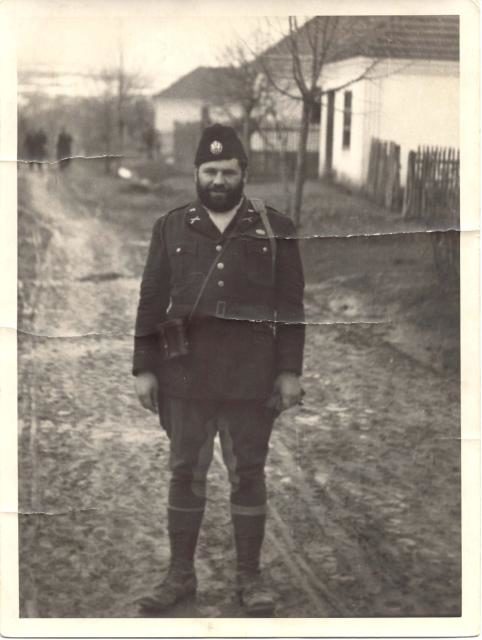
The liaison officer for the operation was Lieutenant George Musulin. As well as rescuing the airmen, he was to gather intelligence on Chetnik-Partisan relations. Verification of the alleged cooperation between the Chetniks and the Germans against the Communist resistance was also sought.
It was concluded Mihailovic could be trusted for the operation and his ground forces were given clearance to provide protection to the evacuation team. His headquarters at the time was at the village of Pranjani where an airstrip was built with the help of several hundred peasants and as many oxen.
Resources were scarce, and Allied financial aid was supplied to the Chetnik safe houses for food and medication. They were instructed to build a reserve airstrip near the town of Dragacevo.
All was secured once Musulin landed in Pranjani in August 1944. In the meantime, the airmen that had been scattered in Chetnik outposts were gathering in Pranjani. They were commanded by Captain Leo C. Brooks, a capable officer who had bailed out from his plane above Serbia a month before the arrival of Lt. Musulin.
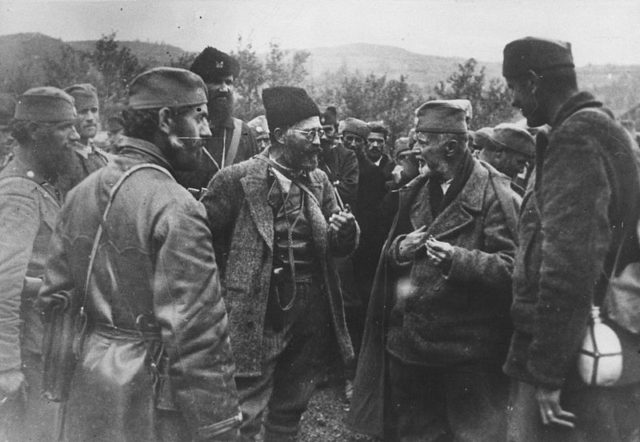
On August 10, the operation began. Between ten and fourteen C-47 “Skytrain” transport airplanes were involved in the process, together with an escort of 50 P-51 Mustang and P-38 Lightning planes. The Germans had a lot less air power and relied heavily on their anti-aircraft batteries which were frequently raided or sabotaged by the partisans.
Over the next eight days, 210 Allied airmen were successfully evacuated to Italy, the majority of them American. After the first part of the operation, Lt. Musulin was replaced by another officer of Serbian descent, Captain Nick Lalich, who organized the evacuation of another 207 airmen.
The second part of the operation, codenamed Ranger, took place in September, on the eve of the Soviet invasion of Yugoslavia. German forces were looking for the airmen too. The Chetnik HQ retreated from Pranjani northwest to the village of Koceljeva, in the province of Macva.
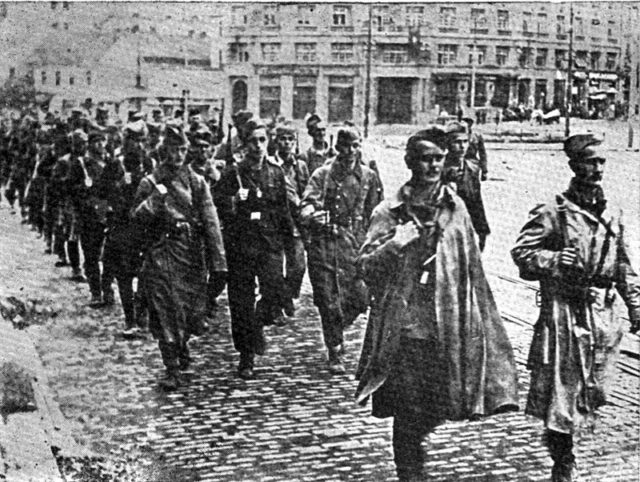
As the Red Army was progressing through Serbia, with the help of the partisan resistance, Mihailovic and his already shattered army were retreating with haste, establishing a temporary headquarters, in October 1944 in Boljanic in eastern Bosnia.
During that time, other people apart from the airmen flew to Allied-controlled zone. They included a double agent who worked for the Gestapo, Ivan Popov, codenamed Dreadnought.
The operation ended on December 27 when the last of the Allied personnel left Serbia.
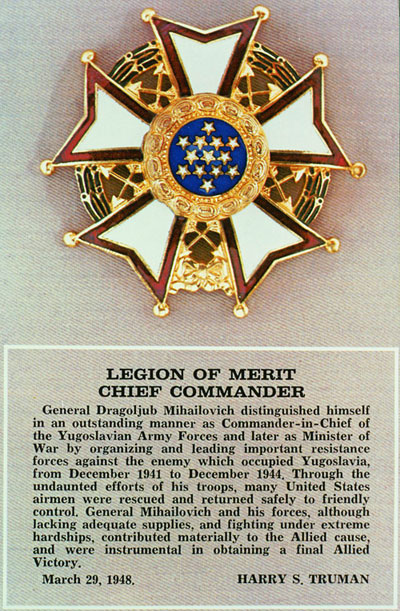
As the Allied landings in Normandy took place around the same time, along with the French campaign, the rescue went largely unnoticed by the public.
Yugoslav territories came under the rule of Marshall Tito, President of the newly formed socialist state. One of the largest airlift operations of the war went unreported in the media due to political reasons.
Dragoslav Mihailovic was put on trial and executed for war crimes against partisans, their sympathizers, and the non-Serb population. However, due to his actions towards helping the Allies, the leader of the Chetniks was posthumously awarded the US Legion of Merit by President Harry Truman. The award remained confidential until 2005.
